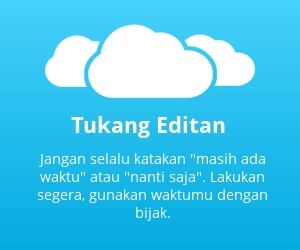Wednesday, December 30, 2015
Obayashi unveils futuristic concept inspired by Tokyo's past
TOKYO -- Leading Japanese real-estate developer Obayashi has unveiled a concept that would transform Tokyo into a city of water after the 2020 Olympic Games. The plan, dubbed Smart Water City Tokyo, calls for, among other things, the construction of a gigantic tunnel 14km in circumference and 50m underground. The tunnel would store rainwater for use by commercial facilities, as well as serving as a waterway for amphibious vehicles and ensuring the smooth running of the city.
According to Obayashi, Tokyo is one of the few cities in the world with a serious water shortage. The city relies on neighboring prefectures for residential and commercial water supplies. At the same time, Tokyo has often been the recipient of sudden and unexpectedly heavy rainfall. The Smart Water idea was inspired by Tokyo's past, when it was still called Edo -- a city that used water smartly to run its daily operations.
Under the concept, rainwater would be collected at various locations, including office-building rooftops, and directed underground where it would be stored in the reservoir and shared among various commercial facilities. About 40% of the water would be directed toward miscellaneous use, such as flushing toilets. The reservoir pathways would lead in and out of districts such as Yaesu, Ginza and Roppongi to double as transportation infrastructure.
The proposal also provides for a new gateway to the ocean with the construction of a large circular cruise ship terminal a kilometer in circumference in Tokyo Bay, just off Haneda Airport. The terminal, which would be built on a huge Mega-float structure, would house hotels and retail stores. A shuttle ferry would connect it with Haneda and Tokyo Station.
The Kanda River runs through central Tokyo.
The concept includes the creation of canals through the urban center. The Honjo-Fukagawa district and the area around the Imperial Palace would have waterways and canals running through them. Running water through the Kanda river, Uchibori (inner moat) and Sotobori (outer moat) would improve water quality and the landscape, which would in turn drive tourism.
Back in 2012, Obayashi unveiled a space-elevator concept. This water-city proposal is the second part of the company's future-city concept. The company said it has not made any moves yet to materialize the idea.
Source asia.nikkei.com

Tentang Saya Tea Jus
Jika kamu mencintai seseorang, cintailah dia apa adanya, bukan karena kamu ingin dia menjadi seperti yang kamu inginkan, karena sesungguhnya kamu hanya mencintai cerminan diri kamu pada dirinya.





